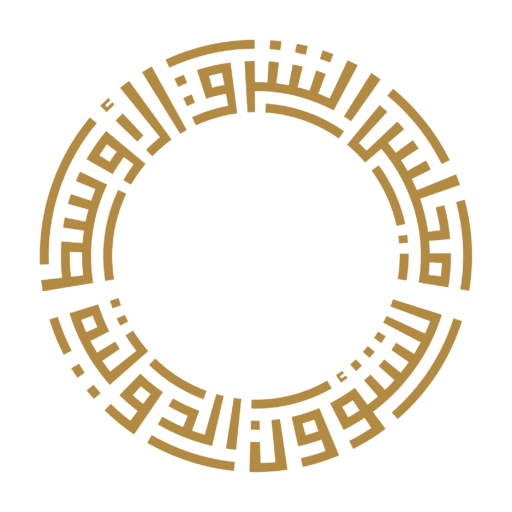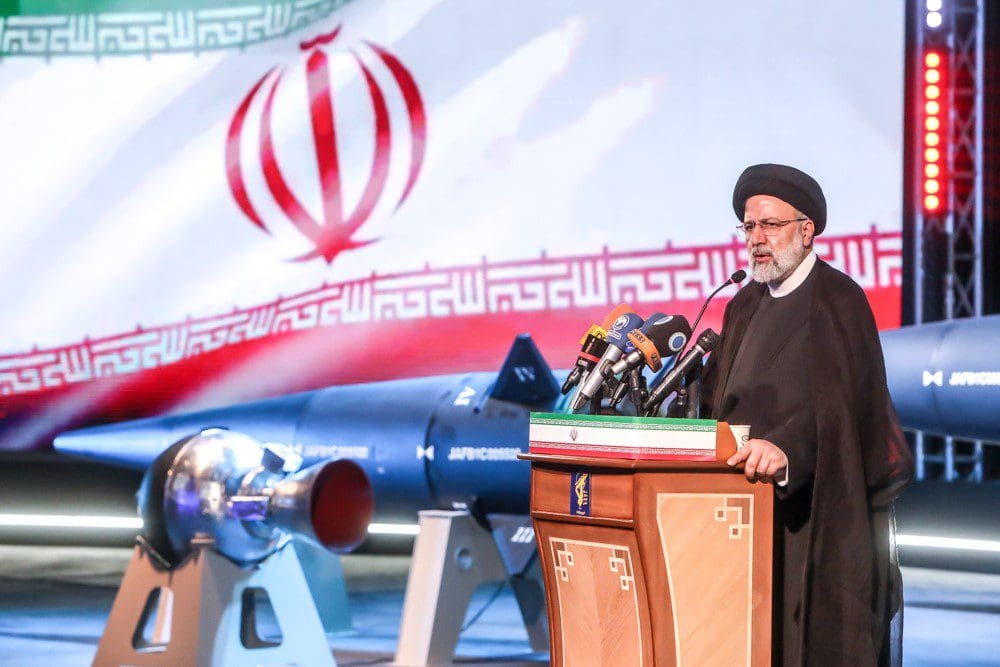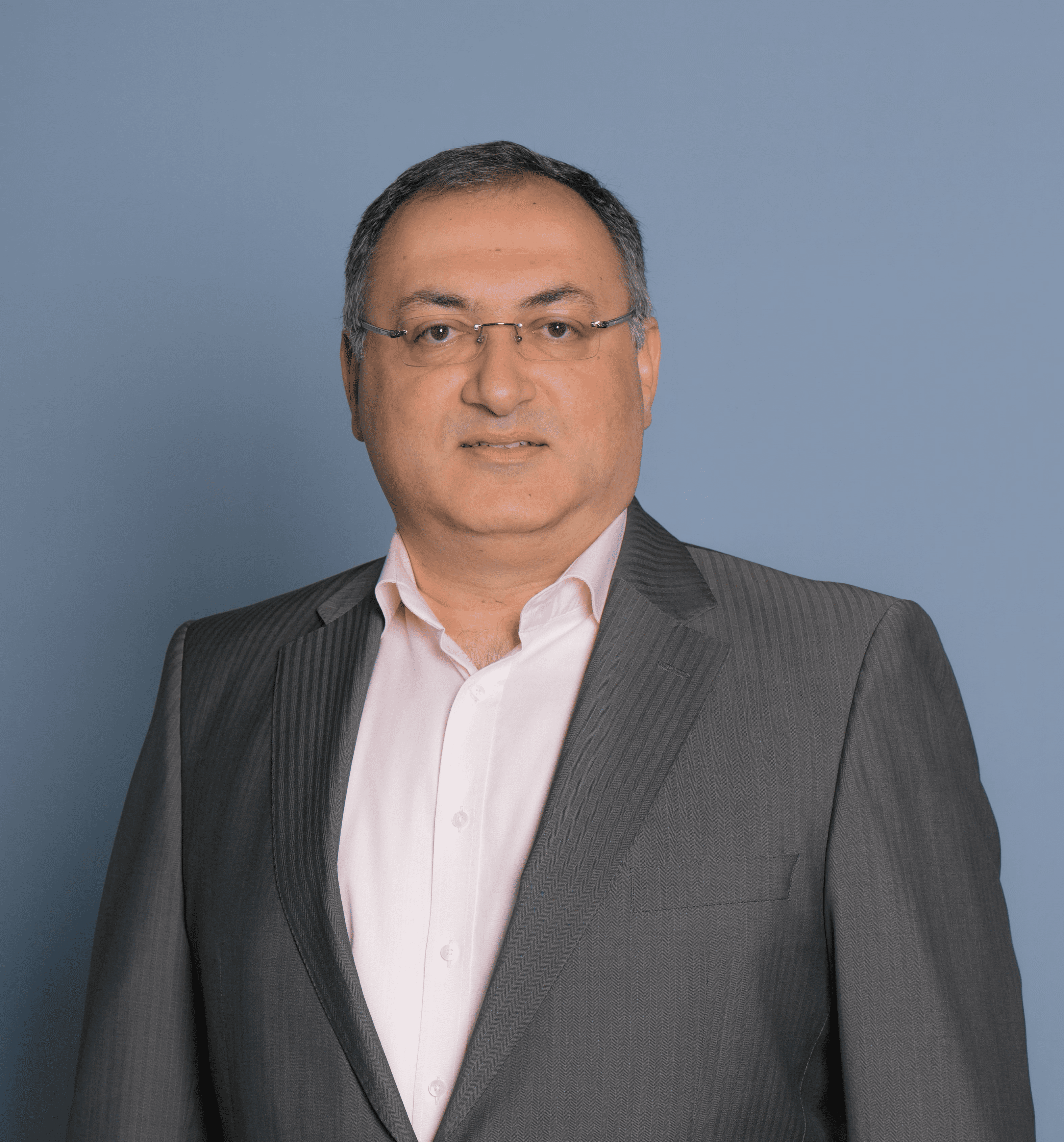When Saudi Foreign Minister Prince Faisal bin Farhan visited Iran in June, many viewed the event as further evidence of rapidly warming relations between the two regional rivals, who resumed diplomatic ties in March after years of open hostility. The image of the Saudi prince alongside Iran’s president, Ebrahim Raisi, conveyed the message that the two sides are putting aside their differences. Their comments, however, spoke to the differences that remain in their country’s respective outlooks. While Prince Faisal emphasized that non-interference in the domestic affairs of one’s neighbors is the cornerstone of good diplomacy, Raisi used the occasion to declare that “only the enemies of Muslims, and at the head of them the Zionist regime, are upset with the development of bilateral and regional cooperation between Iran and Saudi Arabia.”
Raisi’s comments were a reminder that any analysis of Saudi-Iran ties needs to consider that Iran’s foreign policy thinking is centered around institutional hostility towards the U.S. and Israel. This animus blinkers Iran’s political leaders and narrows their foreign policy options, putting them on a path of endless confrontation with Washington. It also places limits on de-escalation with Saudi Arabia, because it demands that Iran continue to pursue a regional strategy that Saudi Arabia finds problematic: support for its extensive militant proxy network, and the proliferation of Iranian-made weaponry in the region. Moreover, despite some tensions between Riyadh and the Biden administration, Saudi Arabia remains an ally of the U.S.
When Iran and Saudi Arabia resumed diplomatic ties in a deal mediated by U.S.-rival China, many commentators welcomed what they saw as an unexpected step towards de-escalation of tensions between the two regional powers. The breakthrough was indeed a clear indicator that Tehran and Riyadh both see the continuation of open hostility as detrimental to their respective national interests. Nonetheless, those interests diverge significantly.
Saudi Arabia sees diplomacy with Iran as a pathway to extricating itself from a grinding war of attrition in Yemen, where it intervened in 2015 over fears of a takeover by the Iran-backed Houthi movement. Saudi Arabia also hopes to reduce its reliance on the U.S., which it views as an increasingly unreliable guarantor of its security, particularly when viewed through the lens of open confrontation with Iran. This became evident when the U.S. failed to muster a significant response to repeated attacks on Saudi commercial infrastructure from Iranian proxies beginning in 2019.
Yet for Iran, the Saudi pivot away from confrontation vindicates Tehran’s own hardline policies and its rejection of compromise on key issues, including support for Syrian leader Bashar al-Assad; the pursuit of a nuclear program in the face of fierce international opposition; and its development of a regional network of non-state actors across the Arab world.
While Iran’s leadership sends signals of cooperation and even normalizes its relations with its regional neighbors, it continues to pursue policies that directly undermine trust with those neighbors and regional stability more generally. The latest talks with Washington over Iran’s nuclear program are a case in point. Iran’s Supreme Leader Ali Khamenei surprised many observers in June by stating that there was “nothing wrong” with coming to an agreement with the West over Iran’s nuclear program, provided the country’s atomic infrastructure and technological expertise remain intact. This appeared to give the green light to restarting stalled negotiations aimed at reviving the 2015 nuclear deal, which the U.S. withdrew from in 2018. The original deal secured by president Hassan Rouhani came after Khamenei made a similar endorsement of nuclear talks with world powers in 2013, as a showcase of Iran’s “heroic flexibility.”
Yet despite reports of talks aimed at reaching an interim deal, Iran has enriched uranium up to 60%, with reports that particles enriched up to 83% have been found at the Fordo nuclear site, not far from the 90% needed to produce nuclear weapons.
Another troubling development for the region, as well as the U.S. and its allies, is Iran’s progress on missile and drone technology—areas not covered in the 2015 nuclear deal. In early June, Iran unveiled its latest “Fattah” hypersonic ballistic missile, which has a range of 1,400km and Iran claims is impervious to anti-missile defense systems. While Raisi celebrated this technological leap as a pillar of Iran’s deterrence strategy, or forward defense, the media affiliated with the Islamic Revolutionary Guards Corp (IRGC) was quick to point to Israel as its target. The unveiling of Fattah was publicly celebrated by the public display of banners showcasing Fattah in the streets of Tehran, with the message “400 seconds to Tel Aviv” in Persian, Hebrew, and Arabic.
The same month, it was revealed that a drone factory was being built in Russia to produce Iranian-designed attack drones. Russia has been using inexpensive but deadly Iranian drones in its war against Ukraine to devastating effect. Iranian drones can have a range of 2,000 kilometers and carry more than 200 kilograms of explosives. Used in a swarm, they can also overwhelm air defenses. Such weapons present new challenges for Iran’s neighbors. Lebanese armed group Hezbollah is already reported to have a stockpile of Iranian-made drones—and to have used them. Importantly, both drones and ballistic missiles have been used to attack Saudi Arabia and the United Arab Emirates in recent years, and Saudi oil fields are a lot closer to Iran than 400 seconds.
Iran’s anti-Americanism, a pillar of the state’s identity, has led Iranian leaders to turn the country’s pariah status into a badge of honor. Although they are pursuing a nuclear agreement, it is seen as only a tactical maneuver to secure sanctions relief in order to rescue the economy from collapse and ensure the regime’s survival. Iran’s regional strategy continues to be driven by its worldview. The country is not prepared to negotiate over its military technology or its regional patronage system, which allow it to project power.
Any agreement to revive the deal will likely again bypass the contentious question of drone and missile technology, as well as Iran’s regional proxies. These are serious concerns for Saudi Arabia, who has been on the receiving end of both Iranian arms and the Iran-backed actors who have wielded them. Any limited agreement with the U.S. over Iran’s nuclear program is unlikely to alleviate these concerns from its neighbors.
Despite these apprehensions, the Saudi decision to pursue diplomacy with Iran is not misguided. Regional stability requires further de-escalation and opening channels of communication with Iran. While Iran’s broader world outlook is unlikely to shift significantly, improved ties should reduce prospects of open hostilities. To this end, the resumption of diplomatic ties between Riyadh and Tehran is a welcome step – but there is a difficult path ahead.


